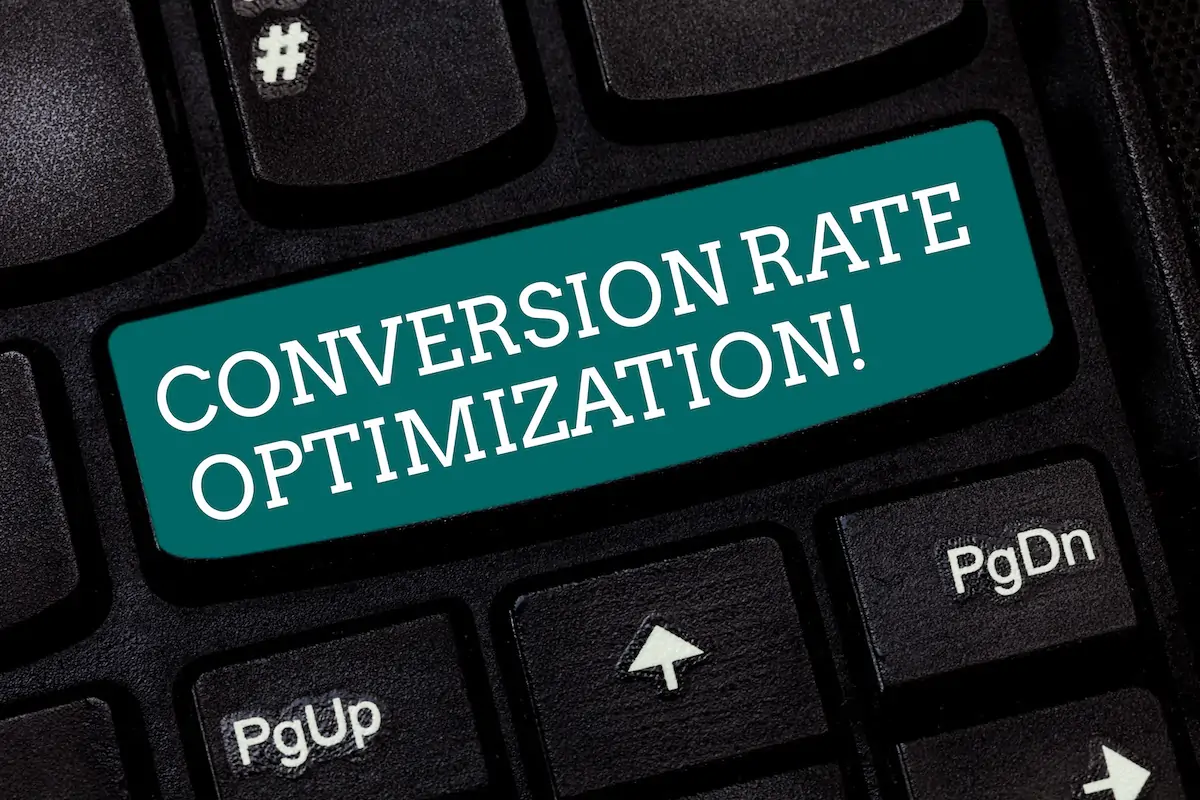Worried About Your Website’s Low Conversion Rate?
- Internet Marketing

There are 5.03 billion internet users every day and this number is growing. There are websites and apps designed for everyone, spanning all ages and even some made for pets. However, with this increased accessibility comes plenty of browsing opportunities for users.
About 2%-5% of visitors to a site convert into leads or sales. If your website is less than optimal, it’s easy for users to continue on to the next search result. If you see your conversion rate falling below that range, though, there are things that you can do to help! Some of the biggest factors which could be affecting your conversion rate are:
- Your website takes too long to load
In a time of high speed internet connections, most web pages load almost instantly. This has resulted in the patience to wait for a slow loading site has been drastically reduced.
In 40% of users, if a website takes longer than 3 seconds to load, they give up and seek what they’re after elsewhere, meaning a slow-loading website could be losing you almost half of your visitors.
To improve website speed, you can try:
- Enabling browser caching
- Using a Content Delivery Network (CDN)
- Minimizing HTTP requests
- Optimizing images
- Your website isn’t mobile accessible
You’d be hard pressed to find someone that isn’t in the habit of browsing on their phone in their downtime. If your website doesn’t function well on a smartphone screen, chances are you’re losing a large number of potential browsers.
There are around 7.26 billion regular mobile users and to make sure they are more inclined to browse on your site try:
- Including mobile navigation
- Using a responsive design
- Use font and formatting that works on both mobile and desktops
- Your website is difficult to navigate
If your website is loading quickly on both phone and desktop screens and you are still noticing a low conversion rate, the issue could be the format of your website itself. The lack of patience which lends itself to people clicking off if something is taking too long to load also translates to a lack of patience in a website where the object they’re seeking isn’t readily available to them.
If your website isn’t intuitive and information isn’t easy to find, odds are that your browsers are going to choose to browse elsewhere. Some tips to make sure that your audience can easily find what they’re looking for are:
- Having a main navigation menu
- Incorporating a search bar
- Using images and visual cues to guide browsers along
- You’re not using images/video
Having images, videos, and other visual cues on your site are great for both grabbing the attention and holding the attention of your user. It’s also a helpful way to relay information quickly and effectively, leading to people choosing to continue to browse your site rather than heading to the next search result.
Effective images and videos for your website should be high-quality, relevant, and visually appealing to keep your user engaged and more likely to return. Effective images and videos for your website should be high-quality, relevant, and visually appealing to keep your user engaged and more likely to return.
- You’re not implementing social proofs
Social proof, in the simplest terms, is a social phenomena in which we are more likely to assume that what others are doing is correct and follow suit. You can capitalize on this by:
- Including testimonials from happy customers on your site
- Showing quotes or badges of approval from well-known organizations
- Showing the number of visitors to your site or number of social media followers that your organization has
- You’re not testing and adapting
One of the key things to do to keep your conversion rate high is to make sure that you are on top of the optimization of your website. It’s important to regularly try new tactics and measure what works best.
One of the easiest ways to conduct frequent tests is to try A/B testing. With this, you create 2 versions of a page and implement the feature(s) that is to be tested on one version and then send traffic to both. From there, you can monitor which version has a higher conversion rate and stick with that version going forward.
If you would like to increase your web site conversion rate, please contact us for a free consultation.